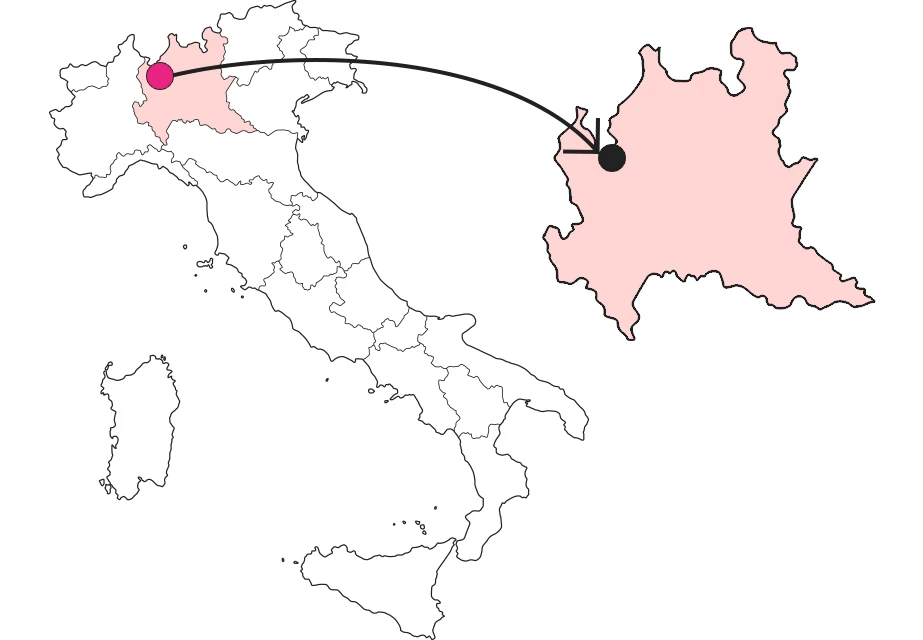SHARRYLAND






Valley of the mills on the Lambro
Where water is still an unbeatable engine



Where

What it is and where it is
Along the old road that led from Asso to Rezzago, in a picturesque setting crossed by a Lambro totally surrounded by greenery, you can first encounter the Mauri Mill, which has belonged to the family for generations, since the 1700s (although some parts of the structure date back as far as the 1200s) and further on the Valsecchi Mill, dating back to 1369. It is possible to admire the old wheels and millstones that still evoke memories of the farmers who carried their sacks of corn to get the yellow flour with which to make the polenta that, in difficult years, was the staple dish of so many families.
Why it is special
Once upon a time, this small gorge on the Lambro punctuated the time of millers and iron beaters. Today, the roar of the Lambro's water mixes with the sounds of re-enactments as the wheels and millstones begin to turn again. Flour is still the main element for typical dishes such as polenta with missoltini, that is, dried agoni; tòc, made with polenta, butter and cheese; paradell, a sweet pancake made with flour and water; and pan meino, kneaded with elderflowers, which fill the valley with fragrance in May during their bloom.
Don't miss
European Mill Days are organized in May in order to highlight unexplored places in an intact rural setting. A plunge into the past in Valassina, less than an hour from Milan, in search of genuine values coming from agriculture and man and passed down from generation to generation to the present day.
A bit of history
For centuries, the Lambro was the primary source of energy for the Valassina, and especially from the late 1700s to the mid-1900s, dozens of water wheels harnessed the motive power of the river to drive mills, hammers, crowds and spinning wheels. Often the mills were owned by private individuals or feudal lords, and were given in fee concession to the millers, who retaliated against the farmers. The sale of bread and wine was subject throughout the Middle Ages to endless duties. The legislature towards merchants was very strict, especially, in case of possession of weighing and measuring instruments that were not stamped and calibrated according to the law.
Trivia
The miller's trade was coveted because it was related to the processing of basic necessities and, therefore, subject to strict administrative regulations. In the Municipal Statutes of Asso we read, "No one dares to sell bread or wine by the minute except at the price and weight allotted to him; whoever contravenes must pay, under penalty of banishment, for each time, five soldi terzuoli of the said penalty one third is the accuser's; whoever has the power to make accusations."
Enter the Map of Italy's Undiscovered Wonders and find treasures where you least expect it... Inspire, Recommend, Share...
Collections
It is part of the Land
The Map thanks:
In the Community
Enter the Map of Italy's Undiscovered Wonders and find treasures where you least expect it... Inspire, Recommend, Share...
Where

Collections
It is part of the Land


